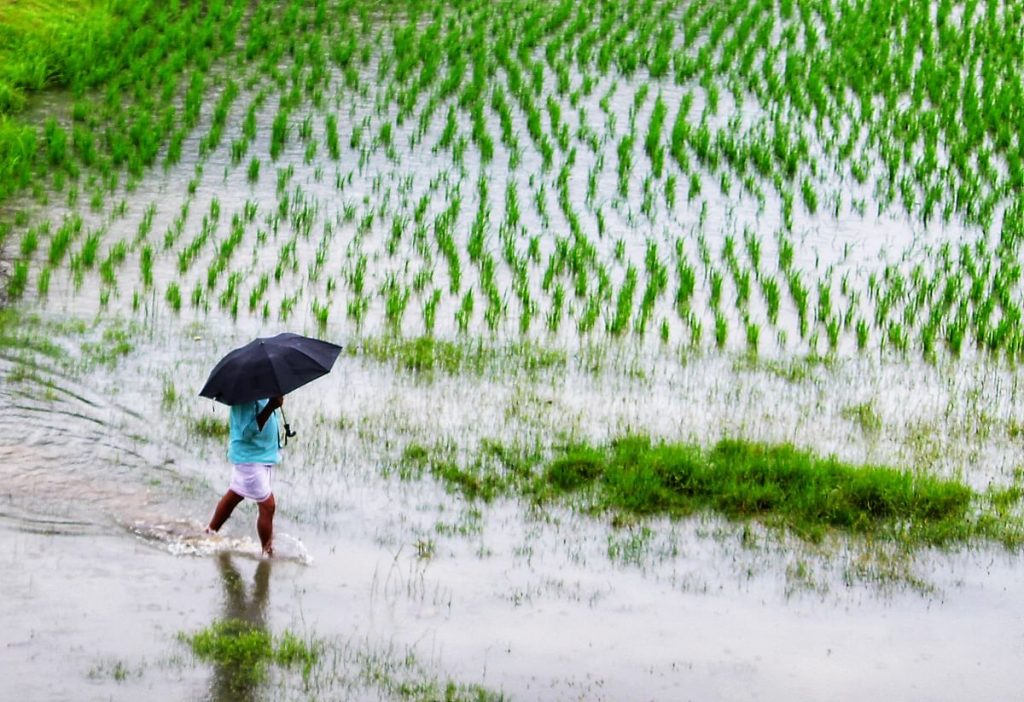The wedge between demand and supply for work under the government’s flagship rural employment guarantee scheme rose to the highest in over two years.
Demand for work under the Mahatma Gandhi National Rural Employment Guarantee Act was at 1.81 crore households, according to data available on the official MGNREGA portal.
This was the lowest since October last year, keeping with the seasonal easing in demand because of the south-west monsoons that hinder work under the scheme.
However, employment provided under the scheme also declined to the lowest since October last year, to 1.35 crore households. As such, the demand-supply crunch for work was the highest since June 2021.
In each of the six months of the current financial year, demand for work by households continues to exceed pre-pandemic demand in 2019. Demand for employment under NREGA has reduced from Covid-19 peak, but remains higher than pre-pandemic levels, according to a research note by IDFC First Bank. This indicates that the labour market situation in rural areas hasn’t fully normalised, the note said.
There are definite signs of weakness still in the rural economy, said Rajendran Narayanan, faculty at Azim Premji University. What should also be kept in mind is that these conditions persist, despite several jobseekers facing challenges with enrollment and job card linkages in the Aadhaar-based payment system, Narayanan said.
The Aadhaar-based payment system, through which payment is credited to the accounts of beneficiaries, requires the beneficiaries to link their Aadhaar numbers with their respective job cards and bank accounts. Despite an extension by the government till the end of the year, there have been wide-spread instances of a host of challenges to job-seekers, disincentivising them to apply for work under the scheme, Narayanan said. The system continues to meet with limited success while hindering demand and supply of work under the MGNREGA, he said.
The decline in demand for work is sequential and seasonal, as people generally work on farms in this season, according to Tanvee Gupta Jain, chief India economist at UBS. That said, the demand for work under MGNREGA is yet another indication of the continuing K-shaped consumption in India. Rural wages—adjusted for inflation—were well into negative territory.
Several rural economy high frequency indicators are showing signs of slowdown, Jain said. This may be because of weather-related uncertainties in August, tepid rural wage growth, and government food supply measures that might affect crop realisation gains by farmers, according to Jain. In contrast, urban high-frequency indicators continue to hold up and drive growth, she said.
While the rural economy has recovered from the lows of the pandemic, the urban economy continues to outperform, Jain said.
The recovery of the rural economy remains mixed, said Teresa John, economist at Nirmal Bang Institutional Equities, citing diverging high-frequency indicators. While growth in tractor sales slowed to 1.1% on an annual basis in August 2023, declining by 9.1% month-on-month, two-wheeler sales grew by a muted 0.6% year-on-year in August and rose by 22.2% from the previous month.
Rainfall across the entire country during the monsoon season (June to September) in 2023 was 94% of its long-period average, according to the IMD’s southwest monsoon end-of-season report.
While the overall sowing area is 0.2% higher than a year ago, for pulses, it’s 4.2% below last year, according to data published by the Department of Agriculture and Farmers Welfare.
The weakness of the South West Monsoon in the current year is likely to have a bearing on kharif output, which may impact the rural economy, as per a research note by Emkay Institutional Equities. This is likely to dampen the expectation of a revival in rural economic growth, it said.
What could support the rural economy, especially in the next six months, is if we see the government turning pro-rural and pro-socialist in pre-elections, Jain said.
